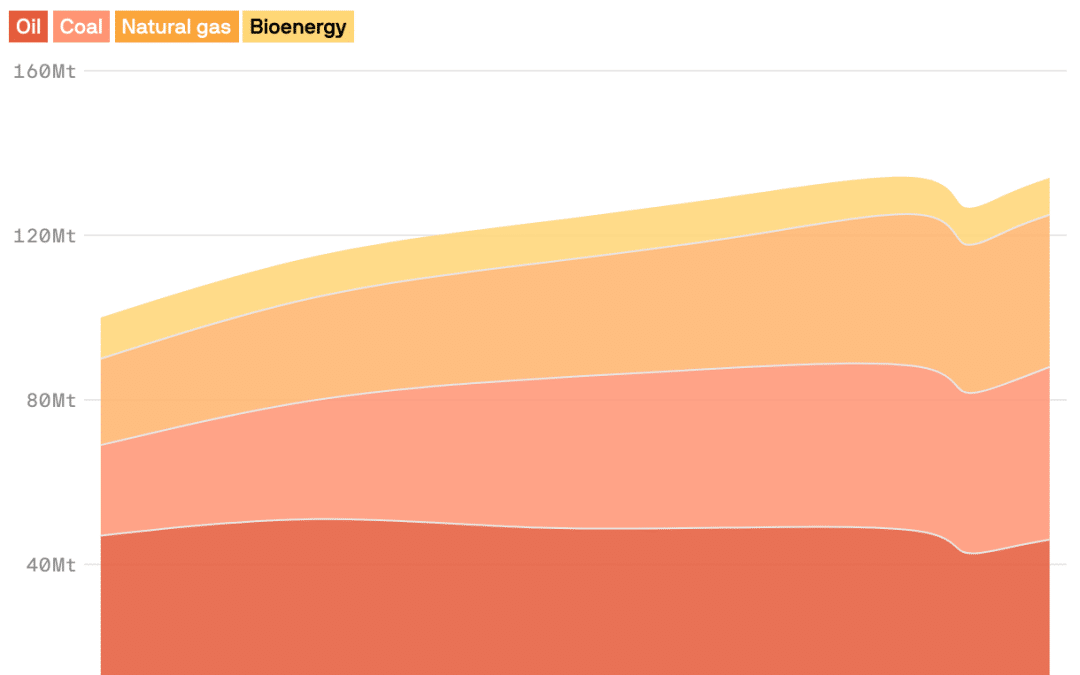New data shows energy industry methane emissions rose last year even as steep cuts of the potent greenhouse gas are needed to limit global warming, Ben writes.

- “There is just no excuse,” IEA executive director Fatih Birol said in a statement calling for more aggressive steps from industry and policymakers.
Why it matters: Methane accounts for around 30% of global temperature increases since the industrial revolution, and the energy sector currently creates over a third of human-induced methane, per the agency.

- The total is even higher in the oil and gas sector, IEA said, citing “well-known” techniques around leak detection, repair and equipment upgrades.
- Ending all “non-emergency” flaring and venting is the “single most impactful measure countries can take.”
- Major opportunities exist in the coal industry, the subject of a new, first-time IEA report that offers a “regulatory roadmap and toolkit.”
The intrigue: While IEA’s frustration is evident, the industry has been taking steps to rein in methane, and many energy producers have vowed further cuts.
- IEA sees limited progress, noting emissions intensity — that is, per unit of energy produced — has dipped. In addition, very large leaks detected by satellite have fallen somewhat.
- But overall, IEA says far more is possible from policymakers and companies, especially as the oil industry is flush with cash and huge cuts are possible at a fraction of their net income.

- That’s because the price of preventing emissions is below the market value of the captured gas.

